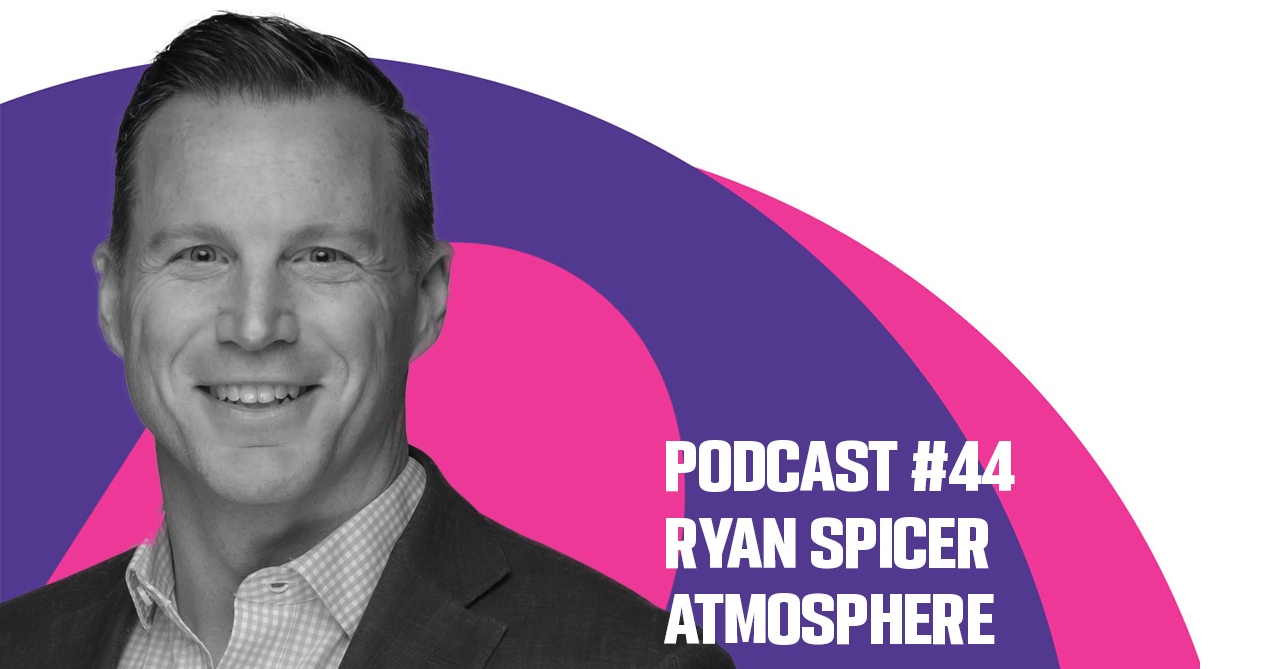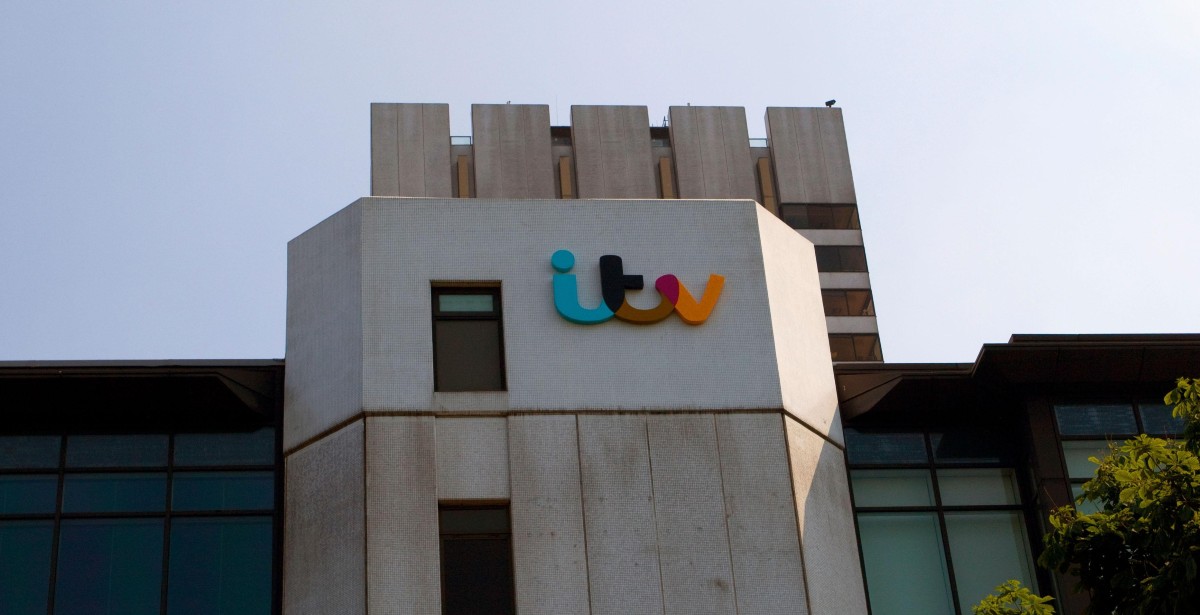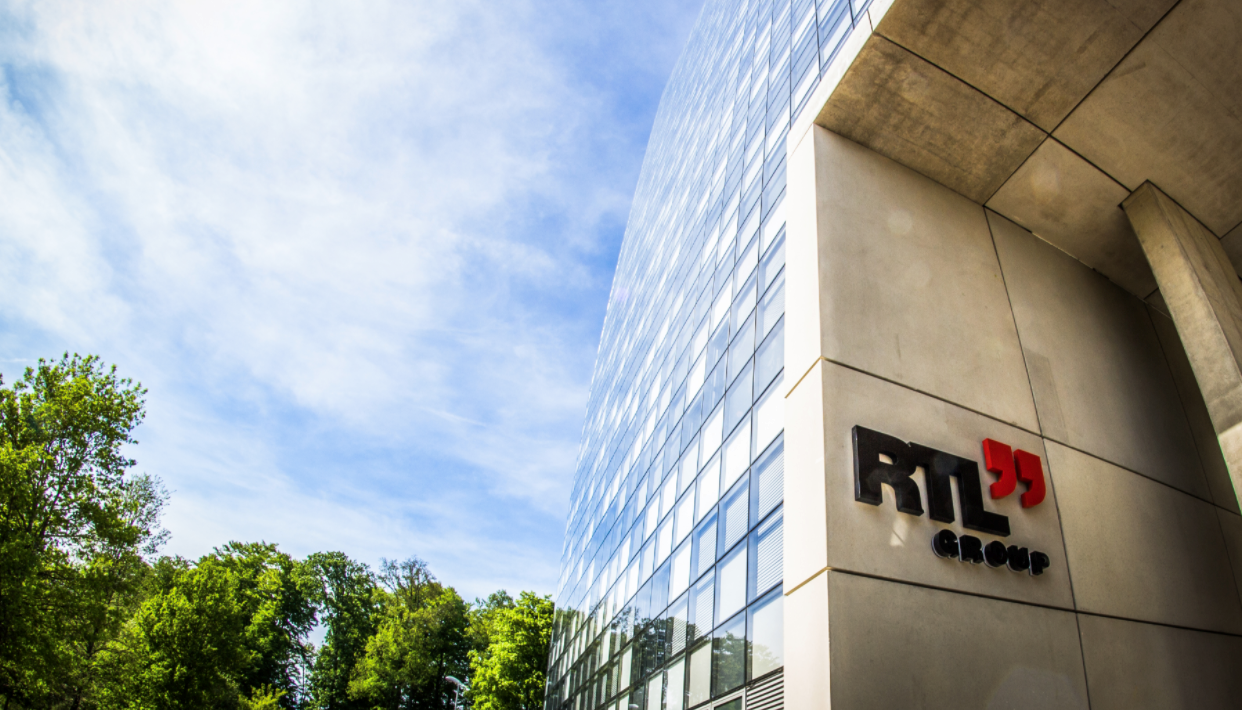Search ads bought through Google have ended up on a number of highly questionable sites including hardcore pornographic websites (some of which hosted bestiality content), Iranian websites which may potentially be under US Treasury Office of Foreign Assets (OFAC) sanctions, and pirated content websites among others, according to a new report from advertising analytics business Adalytics.
Adalytics’ report claims that hundreds of these kinds of questionable websites have had their inventory sold through Google via its ‘Search Partner Network’, a tick box option which lets brands extend their search campaigns beyond Google’s core search product. The report suggests that many advertisers may have unknowingly signed up to this product since it’s an opt-out option in regular search campaigns, and can’t be opted out of in Performance Max campaigns (a type of campaign which optimised spend across a range of Google products including search, display, and YouTube).
Adalytics claims to have seen ads from many major brands including government entities, Fortune 500 businesses, and US and European politicians distributed on these sorts of websites.
VideoWeek was able to independently verify that a number of major brands, including M&S, Currys, Pinterest and Quorn, had ads running on a pornographic website, while ads for major media companies including Apple and Amazon were seen running on a pirated content website, and ads for small drinks brands were see on several childrens’ search engines listed in Adalytics’ study. And snippets of code on those websites indicated that those ads were sold by Google.
Google played down the implications of the report, and disputed some of its claims. The company said that the placements it had seen didn’t show revenue being shared with sanctioned entities, and indicated that the volume of search ads which would have ended up on these websites would have been negligible, adding that it cuts off all of its search tools for any websites found to be violating its policies.
Regardless, Adalytics’ report does raise fresh questions around the level of transparency and control offered within its products.
Google says that every advertiser which runs ads on search partners has opted in (or at least, not opted out) in one way or another, and that advertisers are able to get more transparency into search partner placements if they wish. But advertisers whose ads were found running on these websites were clearly unaware of where their ads were running, and statements from several advertisers and people familiar with Google’s ad products suggest they have found it difficult to protect against these sorts of brand safety issues.
What does the Adalytics report claim?
Google runs a product called Programmable Search Engine (ProSE), which it describes as “a free, ad-supported way for websites to add a customisable search box to their web pages and show fast, relevant results powered by Google Search”.
Websites which use the tool agree to Google’s terms of service, which bar them from displaying certain types of content, including adult or illegal content. The search giant says it disables ProSE on websites which it finds have violated these terms.
Google funds the product by running ads within these search tools, like it does on its own search engine. And these ads are sold via the Search Partner Network, a product which lets advertisers extend Google search campaigns to non Google-owned websites. Ads are run on all sites using ProSE (except any which pay to opt-out and some which are exempt), but only approved websites with AdSense accounts are eligible to receive revenues from the product.
The websites identified by Adalytics were monetised this way – they were using the Programmable Search Engine, and as a result were displaying ads sold by Google. Adalytics said it identified a significant number of questionable websites monetised this way: 390 pornographic sites, 2,200 websites which appeared to engage in copyright violation or piracy, and 197 Iranian websites.
The volume of ads which Google may have served across these websites, and the impact on affected brands, is unclear. Adalytics says that search partners make up a fairly low percentage of Google search billings on average (around six percent), but for some advertisers this number rises to more than eighty percent. And within that slice of search partners, the questionable websites identified by Adalytics would be mixed in with other more legitimate websites.
The nature of the problematic ad placements seen by Adalytics was fairly diverse. So the brand impact in terms of the number of ads shown, and exactly how concerning those placements would be for brands, is fairly variable too.
In some cases, the impact may have been fairly small. For example on the pornographic website reviewed by VideoWeek, ads only appeared after users had explicitly entered a search – and most search terms entered on a porn site would be unlikely to attract bids from brands. On that same website, it was possible to get an ad for M&Ms by searching for M&Ms. But the likelihood of a user searching for M&Ms on a porn website is (to this writer’s knowledge, at least) fairly low. In practice, it’s unlikely anyone using that website would have naturally stumbled upon an M&Ms ad.
There are exceptions though. VideoWeek saw ads for major brands displayed in search results for ‘lingerie’, ‘4K’, ‘real homemade’, and ‘outdoor’ – all plausible search terms for a pornographic website.
And other problematic websites mentioned by Adalytics were more likely to naturally attract search terms which brands bid against.
Websites hosting pirated content are a prime example. Adalytics says it saw ads for a number of major media companies including Apple and Disney appearing on piracy websites – piracy websites which those same media companies are clearly actively combatting, as they’ve issued thousands of requests to delist their URLs from search results.
In some cases, it wasn’t the websites which were problematic, but the ads served on those sites. Several child-friendly search engines seen by Adalytics surfaced ads for inappropriate brands in response to fairly innocuous search requests. For example Kiddle and KidzSearch, two search engines designed specifically for kids, both displayed ads for alcoholic drinks brands in response to a search for ‘drinks’.
And some websites reviewed by Adalytics used underhand tactics to force search ads to load. For example, several sites loaded ‘pop-under’ windows whenever the user clicked on the webpage, which loaded a completed search for a specific search term, such as “computer services los angeles”, “buy houses in texas”, and “how to whiten [sic] your teeth fast at home”.
It’s also important to note that these ads are sold on a CPC basis, meaning that the websites in question would have only received payment if a user who saw an ad clicked on it. But the nature of these placements is worrying for brands regardless of whether they paid out for those ads or not.
How has Google responded?
Google saw a few examples of these sorts of placements submitted by VideoWeek and others, but not the full report prior to publishing. Based on what it had seen, the search business suggested it is unlikely that significant amounts of revenue has changed hands, or that advertisers have inadvertently funded these questionable websites.
Dan Taylor, Google’s vice president of global ads, said “We’ll of course review the report, but our analysis of the sites and limited information already shared with us did not identify ad revenue being shared with a single sanctioned entity.”
Taylor questioned the scale of the activity identified by Adalytics. He said that ProSE “represents a miniscule amount of our Search Partner Network”. And within that small percentage, most partners would presumably be regular brand safe websites.
He also called into question the accuracy of Adalytics’ analysis. “Adalytics has established a track record of publishing inaccurate reports that misrepresents our products and make wildly exaggerated claims,” he said, adding that “Adalytics’ revenue implications related to small sites like the examples we’ve reviewed are frankly absurd”.
Transparency and control remain key issues
This new report, like two previous reports released by Adalytics earlier this year, raises fresh questions around the level of transparency and control offered to advertisers within Google’s ad products.
The types of content which Google appears to have served ads alongside will be troubling for brands. It’s true that consistently vetting a wide range of third party websites carries an element of inherent risk. And Google could argue that it’s unfair to criticise it too harshly when a few questionable websites slip through the cracks.
This however wasn’t just one or two websites which Google missed, it was thousands. Besides, wherever risk is involved, brands should have control of their exposure to that risk. And those who VideoWeek and Adalytics spoke with suggested that kind of transparency and control is currently missing.
A spokesperson for Currys, one of the brands whose ads were seen running on a pornographic website, told VideoWeek that it has taken a proactive approach to avoiding unsafe content. “We are doing all we can from our side to ensure that our ads only appear where we want them to,” they said. “We follow Google advice on this, including setting up our Google advertising system so that our advertisements are excluded from ‘Sensitive content’. However, since Google states that they cannot guarantee that all related content will be excluded, we’ve also implemented additional measures.” Clearly, this extra effort still wasn’t enough to steer clear of questionable content.
There are a number of areas where Google’s current levels of transparency and control might be questioned.
For starters, advertisers have to choose to opt out of search partners. Google says that this choice is a prominent part of campaign set-up – only agencies and advertisers who work with Google can answer whether they’re aware of the risk which comes with not opting out. Adalytics said in its report that a Fortune 500 brand it works with was completely unaware that its search campaign was running on websites outside of Google itself (and it was this case, and Adalytics’ finding of where that brand’s ads were running, which prompted a wider study of the Search Partner Network product).
Secondly, this opt-out option doesn’t extend to Performance Max, a Google product which runs campaigns across a wide range of Google inventory. Several brands including The Athletic and the NBA had ads delivered on pornographic sites via Performance Max, according to Adalytics. Again, Google says that if brands are nervous about this sort of risk, they can choose not to use Performance Max.
And thirdly, at least some advertisers and businesses which work with Google Search feel there’s a lack of transparency on which websites are included within the Search Partner Network, and indeed where their ads have been run.
Google says that advertisers who want to know this information can get it from their Google representatives. But some companies working with Google’s tools seem unaware of this possibility. The Adalytics report quoted Ruben Schreurs, chief strategy officer at media analyst firm Ebiquity, as saying that “this activity on third party environments cannot be independently reviewed” – suggesting that Ebiquity and the brands it works with haven’t been aware of this capability.
At the very least, it seems fair to say that brands who want to avoid the risk of appearing on questionable sites have to be very proactive in doing so – choosing to opt out of the Search Partner Network or actively asking their Google reps for reports if they don’t opt out. Given that this is the case, they might expect that Google is equally proactive in cleaning out dodgy websites from this extended search network.
Ultimately, Adalytics has been able to identify numerous dodgy websites sitting within this network, using publicly available web crawlers. Brands may fairly ask why Google didn’t earlier identify and remove these same websites itself.
“It is disappointing to hear that search partners have not been fully vetted, and we are in conversation with Google to investigate this further and to stop this from continuing, as it does not comply with our values,” said the Currys spokesperson. “Our expectation is that going forwards, our content only appears where we intend it to during the set-up.”




